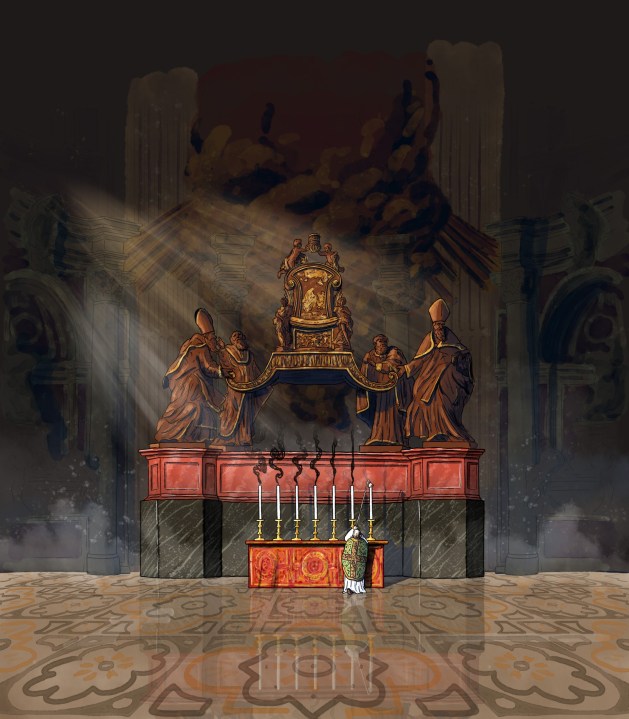Pope Francis was a man of remarkable complexity who cultivated an image of utmost simplicity. He began the moment he first stepped out on the balcony overlooking St. Peter’s Square in plain white papal attire, without the traditional red mozzetta covering his shoulders, and greeting onlookers with a homely ‘buona sera’.
The following day, he was photographed settling his hotel bill. Instead of moving into the Apostolic Palace, he opted to live in a Vatican guesthouse, the Casa Santa Marta. This was also seen as a sign of the new Pope’s humble style. But the decision was more complicated than it seemed: the Casa Santa Marta’s rooms aren’t drafty monastic cells; the Apostolic Palace isn’t exactly the Hotel de Russie. Pope Francis later joked that he had chosen to live in the more sociable residence for ‘psychiatric reasons’.
Francis’s life up to his election was also far from straightforward. He was born in the teeming, cosmopolitan Argentine capital, Buenos Aires, in 1936, the first of five children of Italian immigrants.

Get Britain's best politics newsletters
Register to get The Spectator's insight and opinion straight to your inbox. You can then read two free articles each week.
Already a subscriber? Log in







Comments
Join the debate for just £1 a month
Be part of the conversation with other Spectator readers by getting your first three months for £3.
UNLOCK ACCESS Just £1 a monthAlready a subscriber? Log in